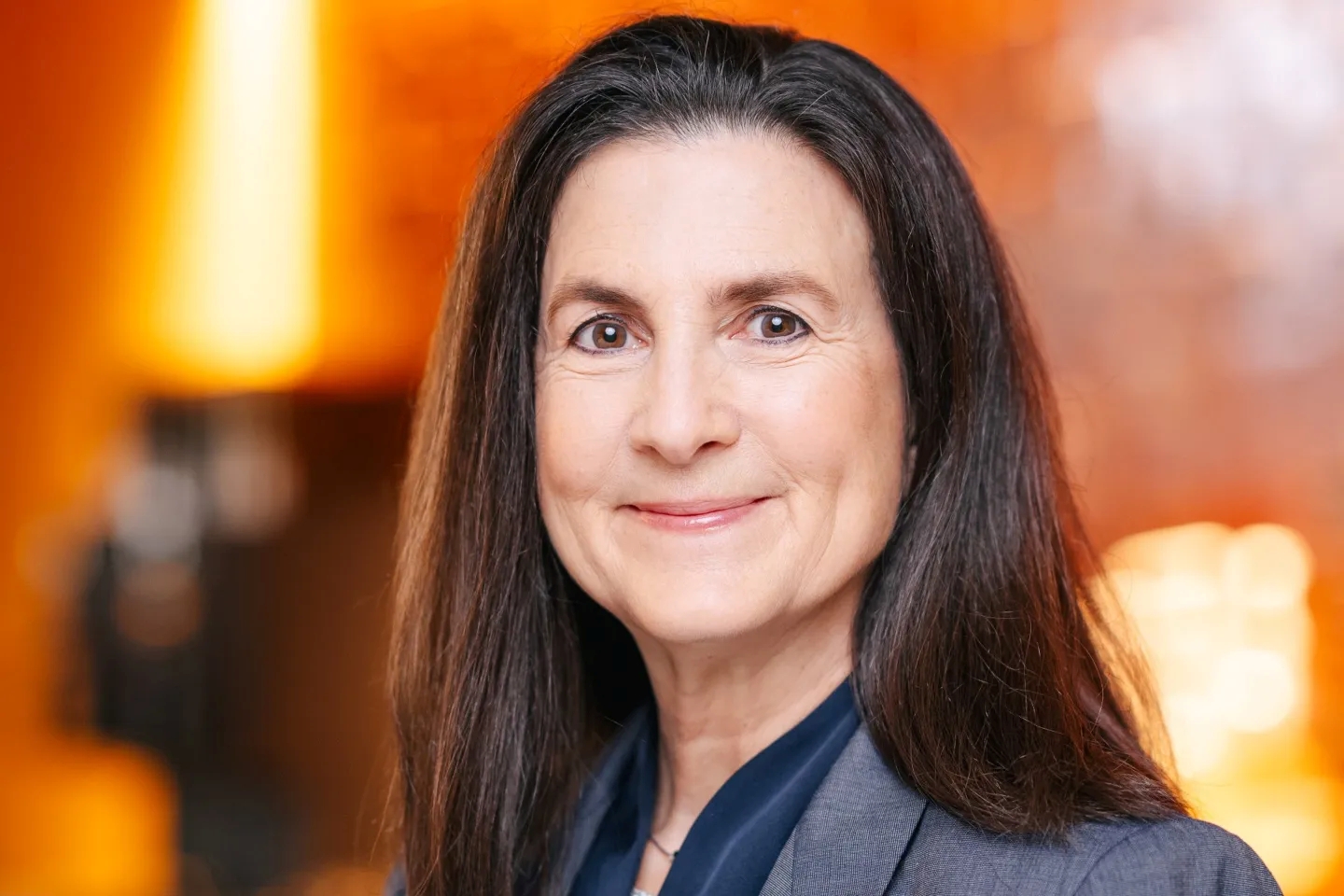
Cathy Smith Joins Starbucks as CFO to Help Lead Brand Turnaround with CEO Brian Niccol
Cathy Smith has spent years ducking into Starbucks cafés for quick meetings, moments of reflection, or simply a reliable cup of coffee. Her usual order? An Americano with a splash of 2% milk. The stores, for her, have long served as a personal “third place”—a cozy space between home and work.
“I can’t tell you how many decades Starbucks has been like my personal third place,” Smith says. “I knew I could go into a Starbucks, grab a great cup of coffee, sit down at a table, and do whatever I needed to.”
But in recent years, even Smith noticed a drift from the essence that once made Starbucks so inviting—declining service quality, less welcoming cafés, and an erosion of the brand’s once-iconic atmosphere. Now, as the company’s new Chief Financial Officer, she has a front-row seat—and a leadership role—in bringing that magic back.
Smith joins Starbucks amid a challenging chapter. The coffee giant is in the middle of a turnaround led by CEO Brian Niccol, who joined in late 2024 after a celebrated run at Chipotle. Starbucks has posted four straight quarters of same-store sales declines, and Wall Street is bracing for another. More critically, the brand has struggled to hold on to its emotional connection with customers.
Niccol has been quick to act. Under his leadership, Starbucks has trimmed 30% of its menu—cutting items like doughnuts and certain Frappuccinos—to simplify operations and accelerate service. He has also eliminated 1,100 corporate positions and announced plans to improve the mobile ordering system, which has often created bottlenecks behind the counter.
“We want to be a welcoming coffeehouse where people gather and we serve the finest coffee handcrafted by our skilled baristas,” Niccol recently told analysts.
That’s where Smith comes in.
As CFO, she will guide financial decisions that determine which operational changes and investments make sense—and which can scale effectively. Her résumé includes leading financial strategy during major brand turnarounds at Target and Nordstrom. At Target, she helped steer one of the most impressive retail comebacks in modern history. She joined in 2015, when the brand had lost momentum, and helped it find its footing again. Before accepting the job, she visited 65 Target stores across 10 states with her family to better understand the customer experience.
“All brands drift over time, and I have pattern recognition,” Smith says. “I’ve seen this with a number of brands, and the great ones recapture what made them great.”
At Nordstrom, she helped the company through its transition to private ownership. At other companies—Walmart, GameStop, Express Scripts, Textron—she honed her ability to match operational priorities with smart, scalable financial strategies.
Now, with Starbucks, she plans to apply that same discipline.
Some of the turnaround moves require little money: baristas now write personal messages on customers’ cups, and the dress code has been loosened. But other initiatives carry a higher price tag—such as expanded seating areas, additional power outlets, store renovations, and dedicated shelving for mobile pickup orders.
Smith, an MBA graduate of the University of Southern California, isn’t opposed to risk—but she insists on precision. “All the great retailers test everything,” she says. “It’s not about avoiding risk. It’s about taking calculated, informed steps.”
She brings another valuable asset: credibility with Wall Street. In 2017, when Target CEO Brian Cornell revealed a $7 billion reinvestment strategy to refresh outdated stores and overhaul e-commerce, investors panicked and sent the stock tumbling. But Smith was a calm, clear voice throughout the rough period—and the strategy eventually worked.
At Starbucks, she’s already preparing to take on that communicator role. In her public debut as CFO on the upcoming earnings call, she’ll be tasked with reassuring investors that the strategy is sound—and that performance will follow.
“One data point does not make a trend,” Smith says. “We’ll start to string together two quarters of strong results, then three quarters, and by the time we get to the fifth quarter, Wall Street will say, ‘Okay, I believe you,’ and we’ll start to see a different outcome in our stock.”
Starbucks shares have dropped 34% from their 2021 high. The urgency is real—and Smith feels it personally. Since joining the company, she has toured the roasting plant near Seattle, visited the distribution center, spent time at the headquarters, and plans to work behind the counter as a barista to better understand the frontline experience.
“When you’re in a turnaround, you have to move urgently,” she says.
That sense of urgency is shared by investors and leadership alike—but also by Smith as a loyal customer.
“When the board called and asked me if I was interested, it was an immediate yes,” she says. “Because I see where the brand is today. It should be the Starbucks I remember—and it can be so much more.”



